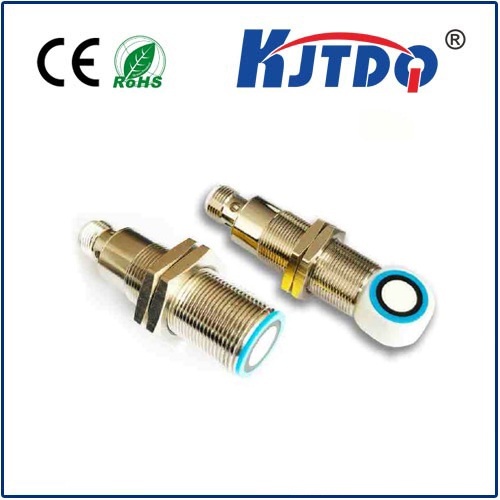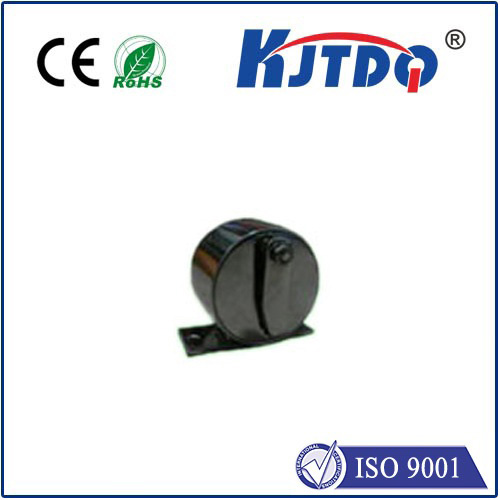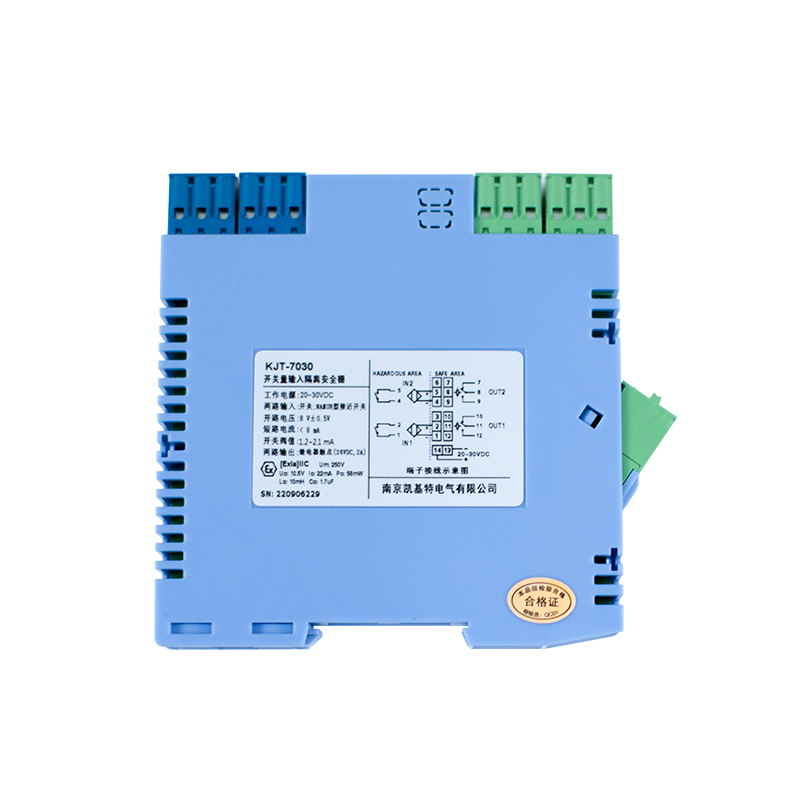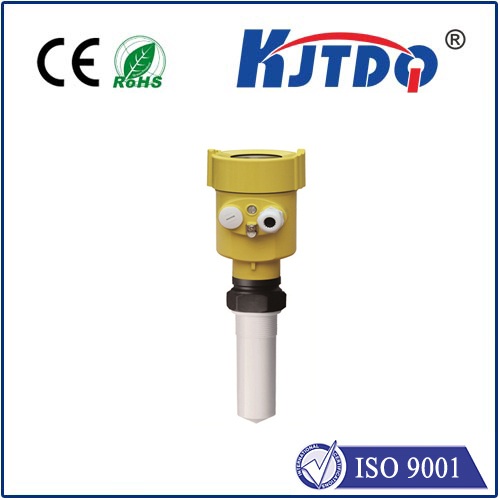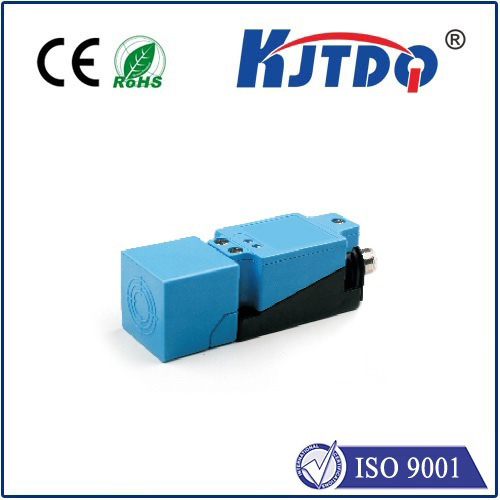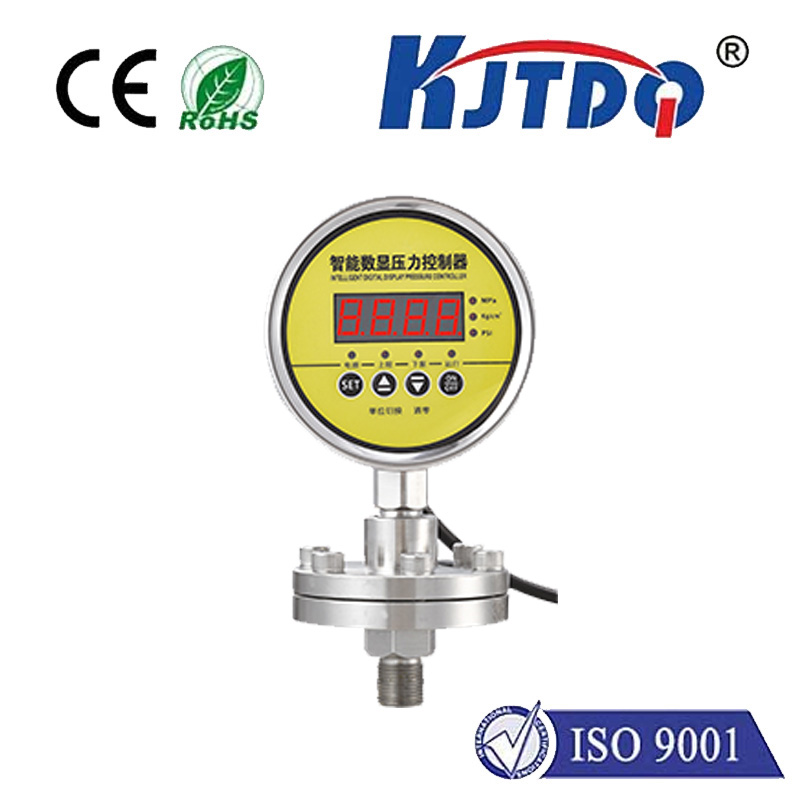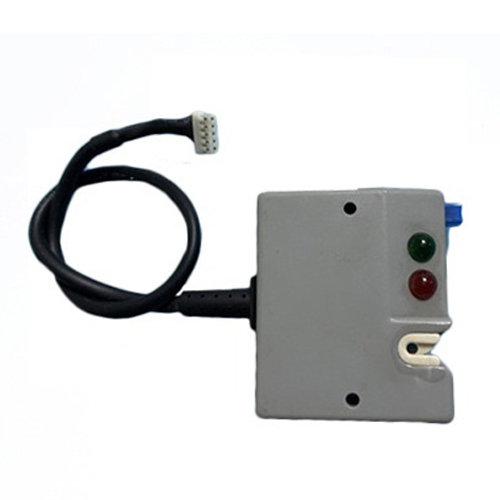

check

check

check

check

check

check

check

check

check

check
Introduction:
The 24v Proximity Sensor is a versatile sensor that can detect the presence or absence of an object in a certain distance. It is often used in various applications, such as automation, robotics, and security systems. In this article, we will explore the working principle of the 24v Proximity Sensor, its advantages and disadvantages, and some common applications.
Working Principle:
The 24v Proximity Sensor consists of a trigger pin and an echo pin. When an object comes into contact with the sensor, it pushes the trigger pin high, which sends a signal to the echo pin. The echo pin then measures the time it takes for the signal to return, which is used to determine the distance between the object and the sensor.
Advantages and Disadvantages:
One of the main advantages of the 24v Proximity Sensor is its simplicity. It requires minimal wiring and can be easily installed on almost any surface. Additionally, it is highly accurate and reliable, making it ideal for use in critical applications. However, one disadvantage of the sensor is its sensitivity to ambient noise, which can affect its accuracy.
Common Applications:
There are numerous applications where the 24v Proximity Sensor can be useful. For example, it can be used to control door locks, activate lights when someone approaches a room, and detect objects in a warehouse or storage facility. It can also be used in robotics projects to guide robots and avoid obstacles. In addition, it can be integrated with other sensors and systems to create even more complex applications.
Conclusion:
The 24v Proximity Sensor is a powerful tool that can greatly enhance your projects. Its simple design, accuracy, and versatility make it a valuable addition to any system. Whether you're working on a DIY project or a professional application, the 24v Proximity Sensor can help you achieve your goals.
